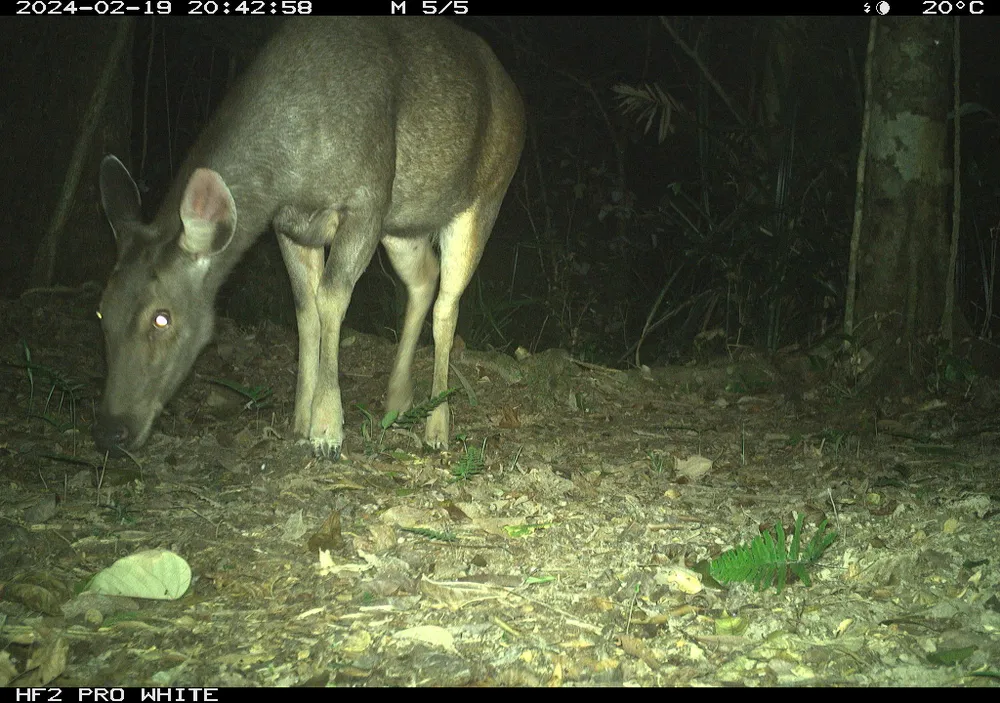
The results were obtained from 78,496 photos, including: 34 bird species, 6 primate species (notably Hatinh Langur and Red-shanked Douc), 5 ungulate species, 6 civet species, 2 weasel species, 2 weasel species, and many small animals such as striped rabbits, wild cats, pangolins, porcupines, Truong Son rock rats...
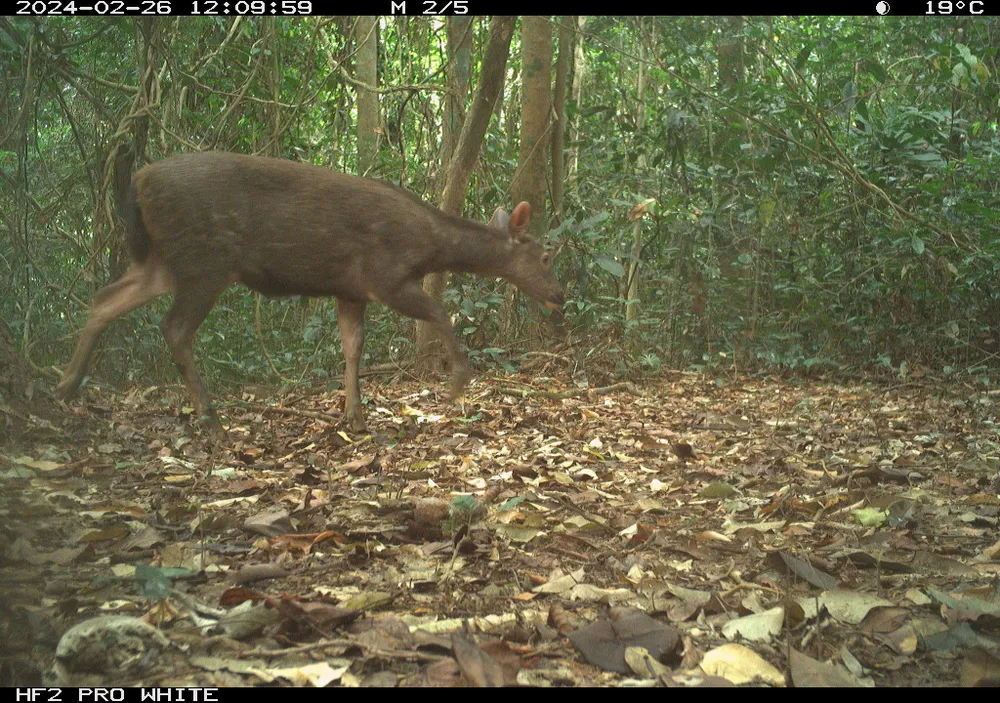
The results also showed that Truong Son rock rats and rock rats were the two most common species, recorded at 212 camera trap points, showing wide distribution and high adaptability. Other species such as silver cheeked weasels (168 points), squirrels (136 points), red-faced monkeys (120 points), The goat (99 points) also has a high spawn rate.
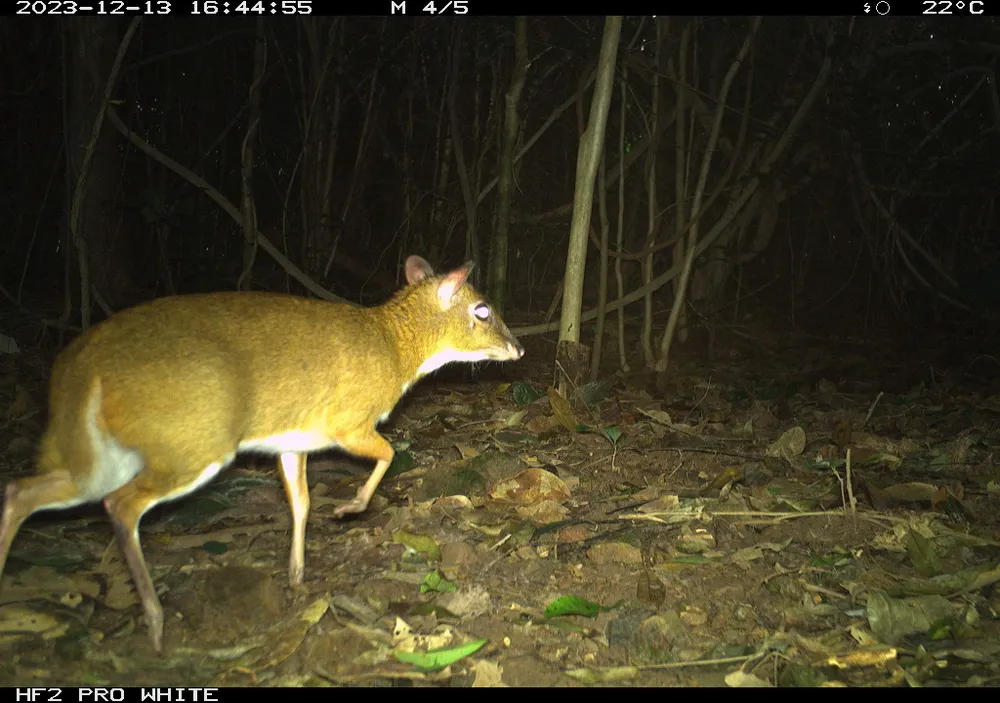
Of the 64 species, 38 are listed in conservation lists, including: 7 species listed in Decree 64/2019/ND-CP; 32 species listed in Decree 84/2021/ND-CP; 29 species listed in the IUCN Red Book.
In particular, there are 7 species in all three categories: Ha Tinh langur, red-shanked douc, Truong Son muntjac, serow, striped rabbit, reticulated civet and pangolin - all of which are highly endangered and need priority protection.
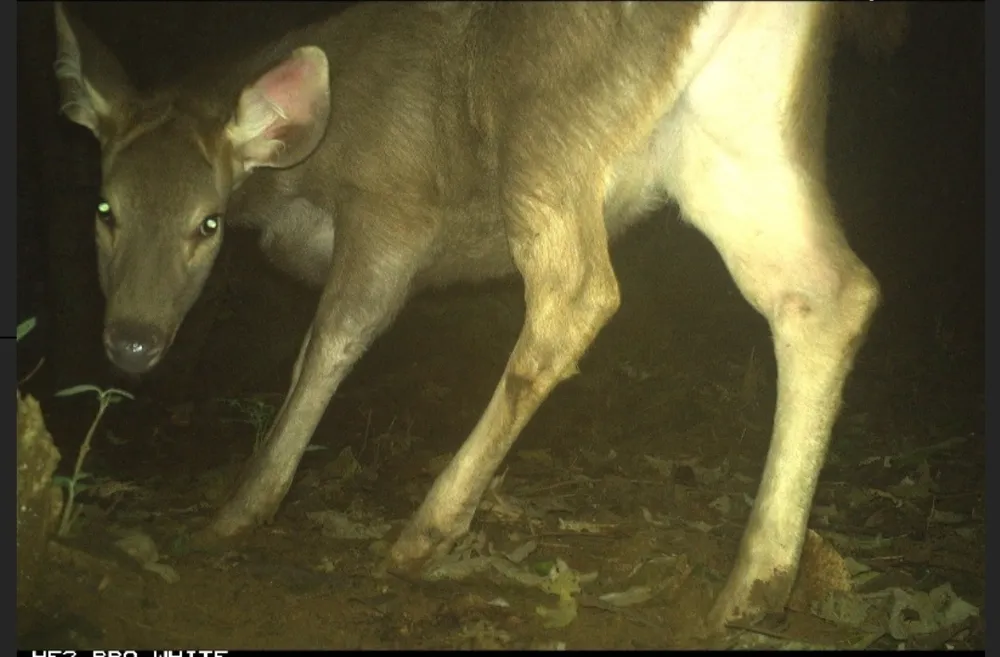
Camera trap stations recorded ranges from 2 to 38 species/station, of which station PN-KB11 recorded the highest with 38 species, followed by PN-KB12 with 37 species, PN-KB87 with 34 species. The station with the lowest number of species was PN-KB15, recording only 2 species.
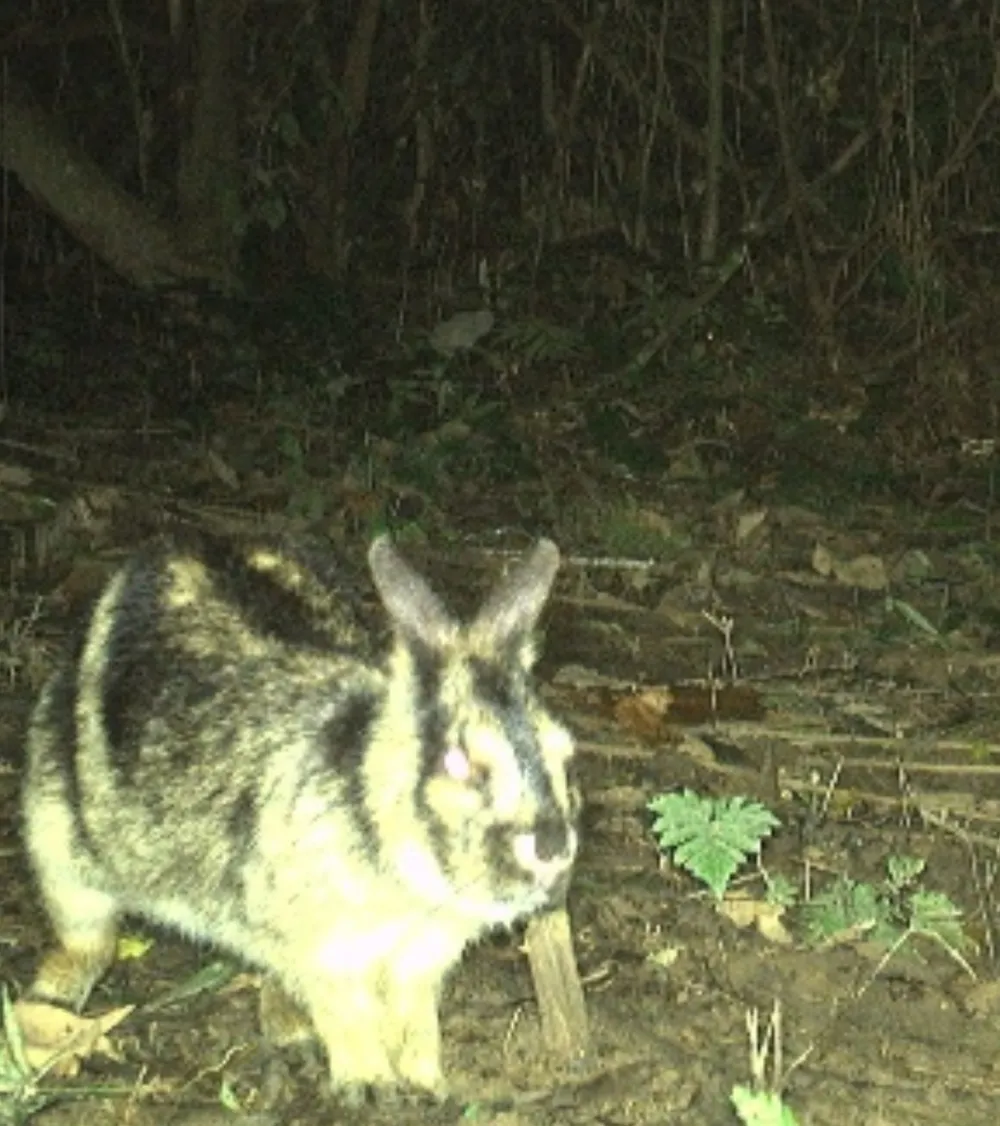
According to Mr. Pham Hong Thai: “Phong Nha – Ke Bang is not only a World Natural Heritage but also a place that preserves the rare wildlife gene source of the Indochina region. Camera trap data is a valuable scientific asset in research and conservation work”.
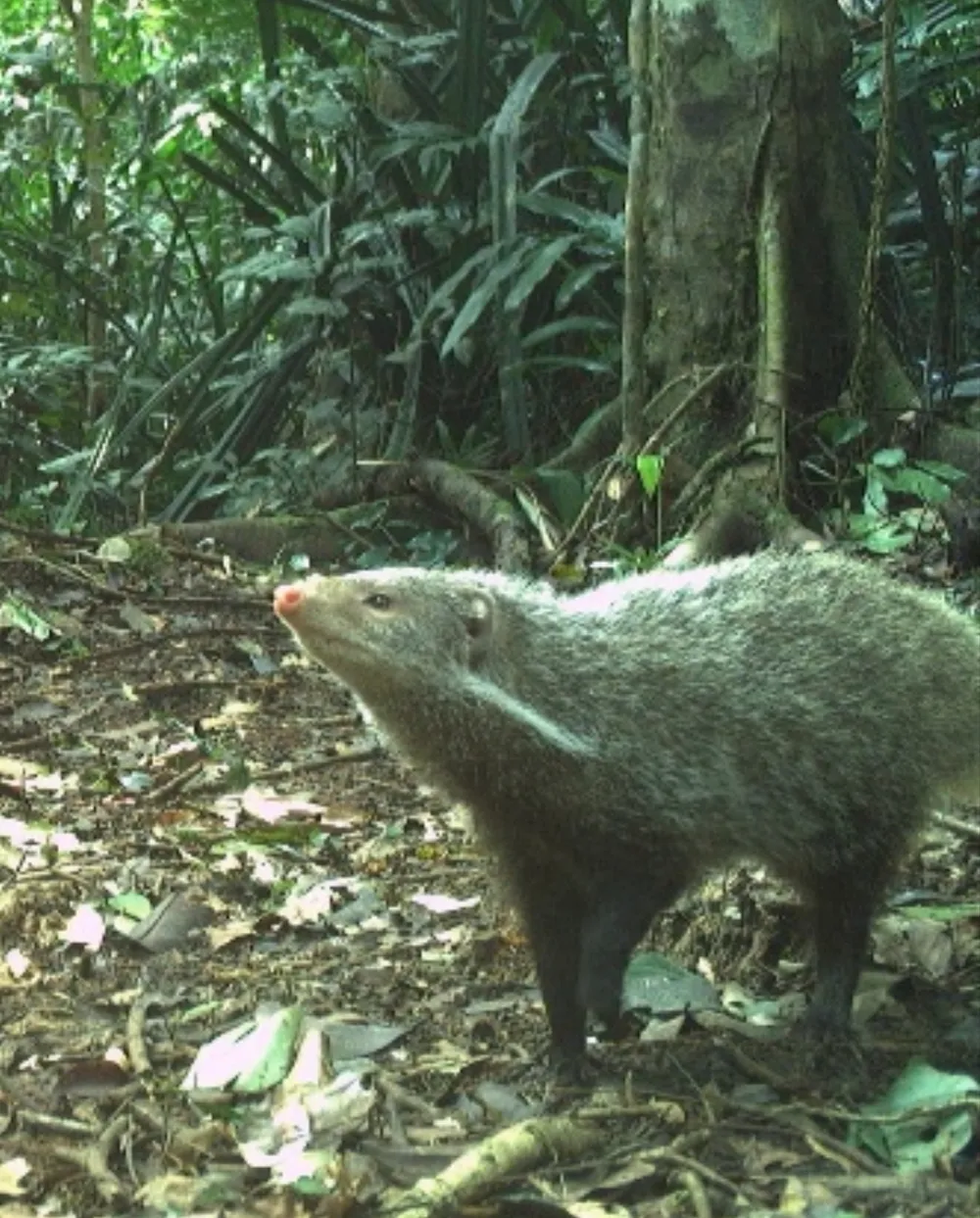
The research team representative said that the results obtained are an important basis for assessing the status of biodiversity, thereby building appropriate conservation policies in the context of climate change and increasing human impacts.
Source: https://www.sggp.org.vn/ghi-nhan-64-loai-dong-vat-hoang-da-quy-hiem-tai-phong-nha-ke-bang-post806941.html


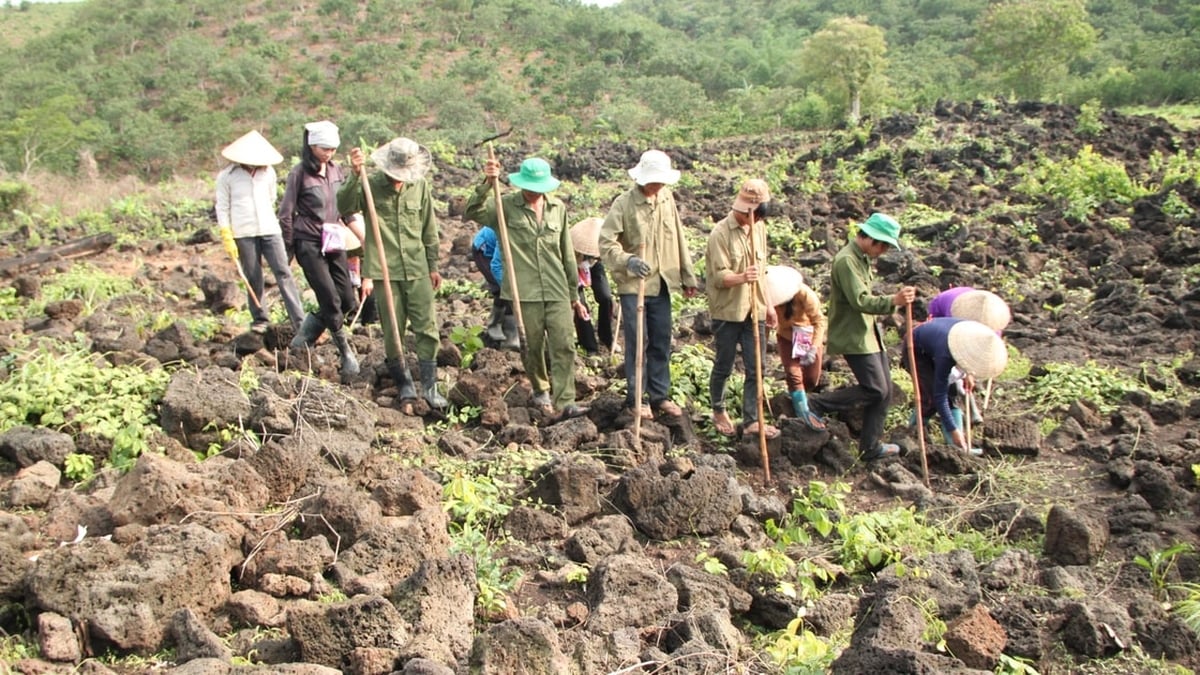
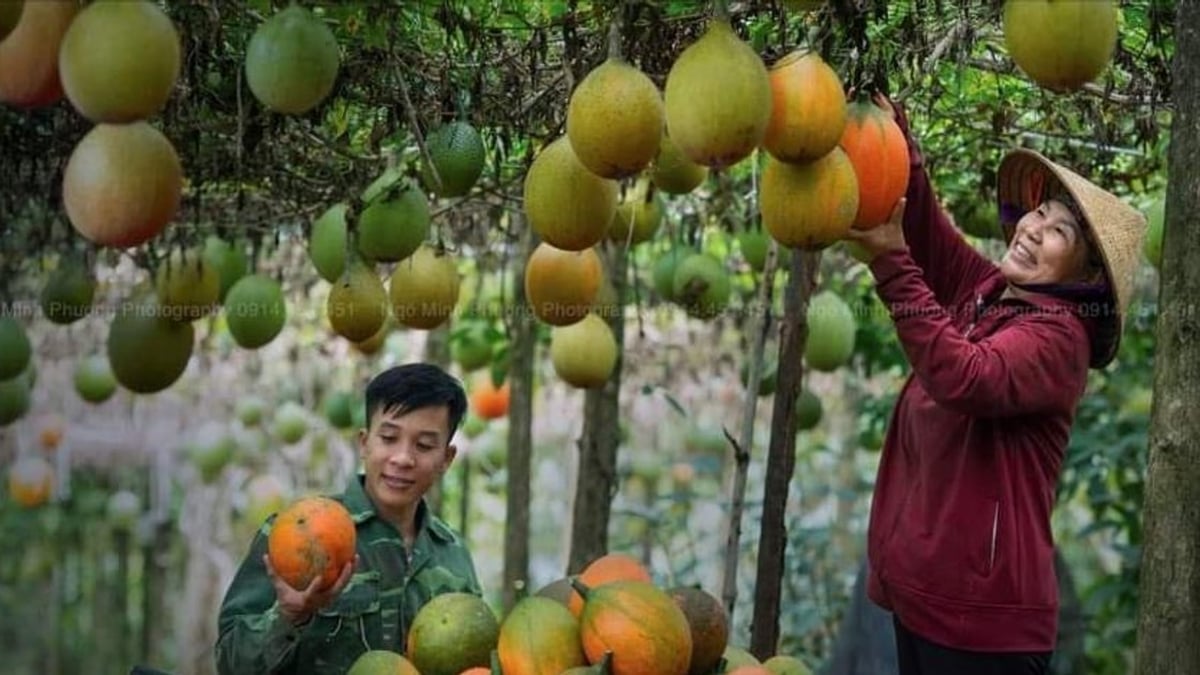
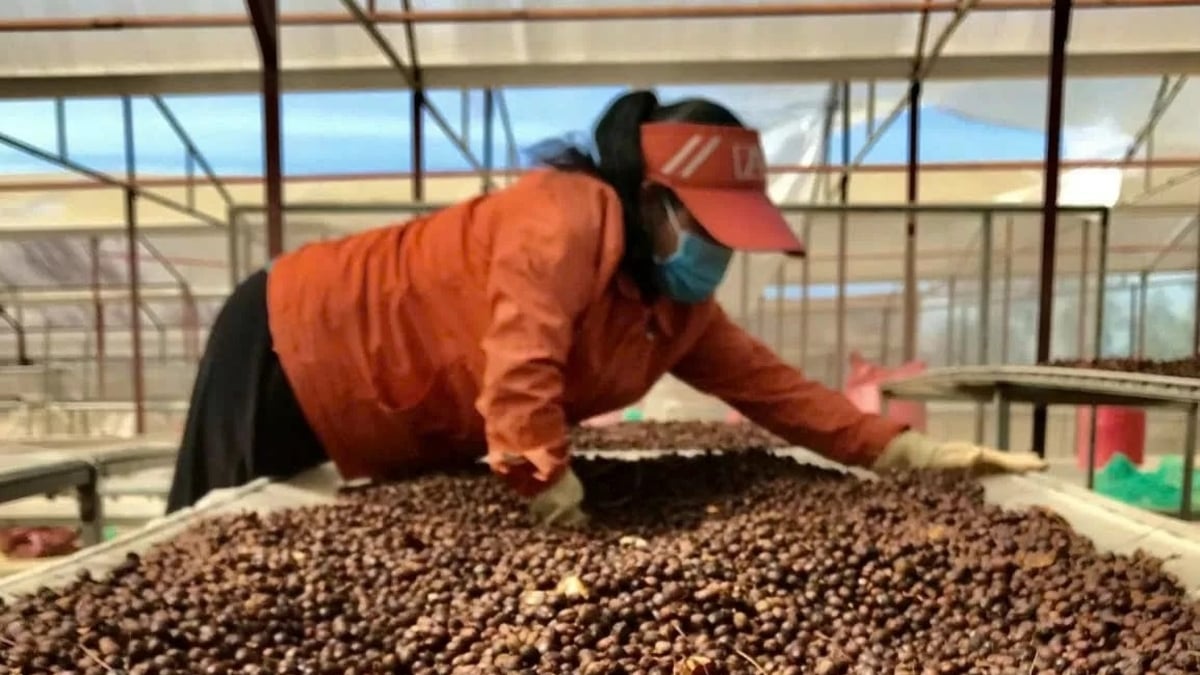
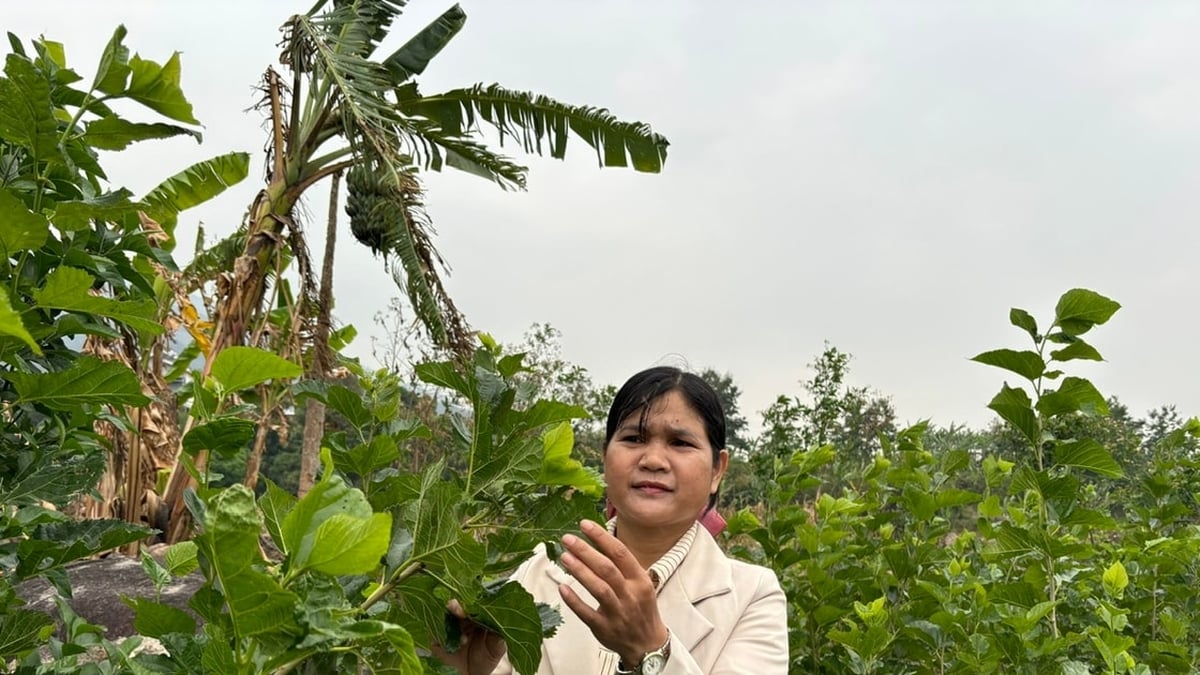



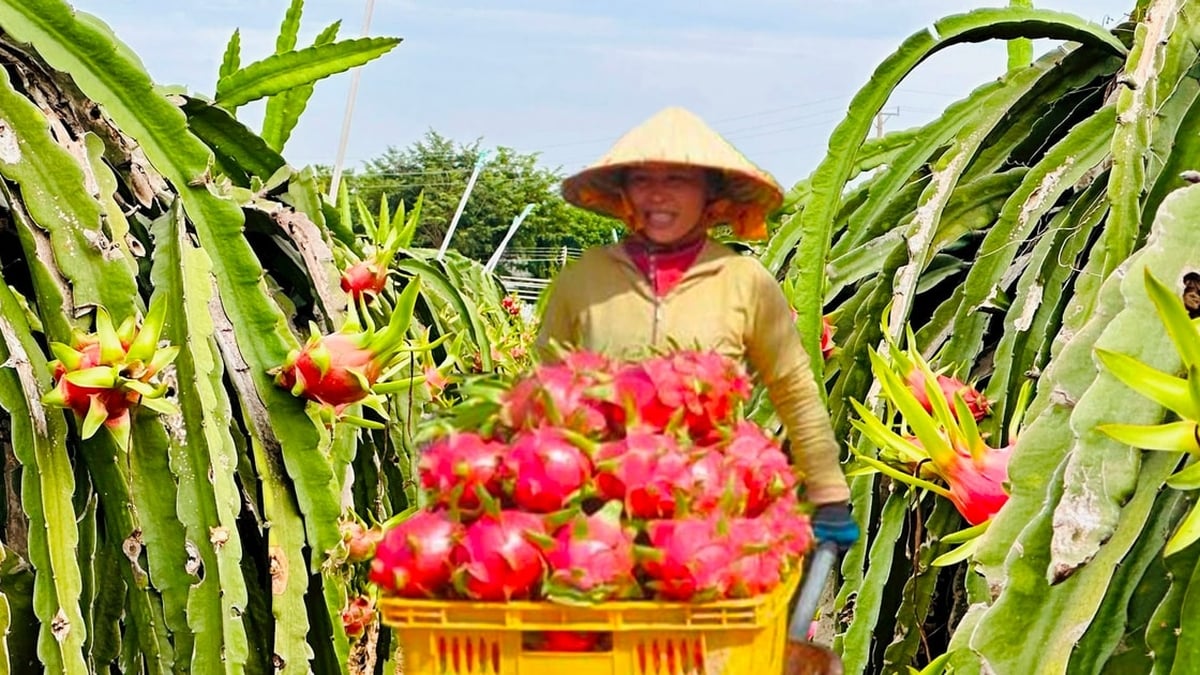


















![[Photo] Nghe An: Provincial Road 543D seriously eroded due to floods](https://vphoto.vietnam.vn/thumb/1200x675/vietnam/resource/IMAGE/2025/8/5/5759d3837c26428799f6d929fa274493)
































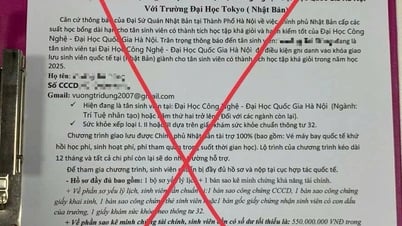










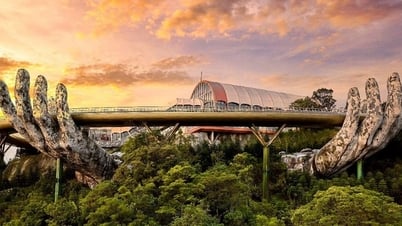

























Comment (0)